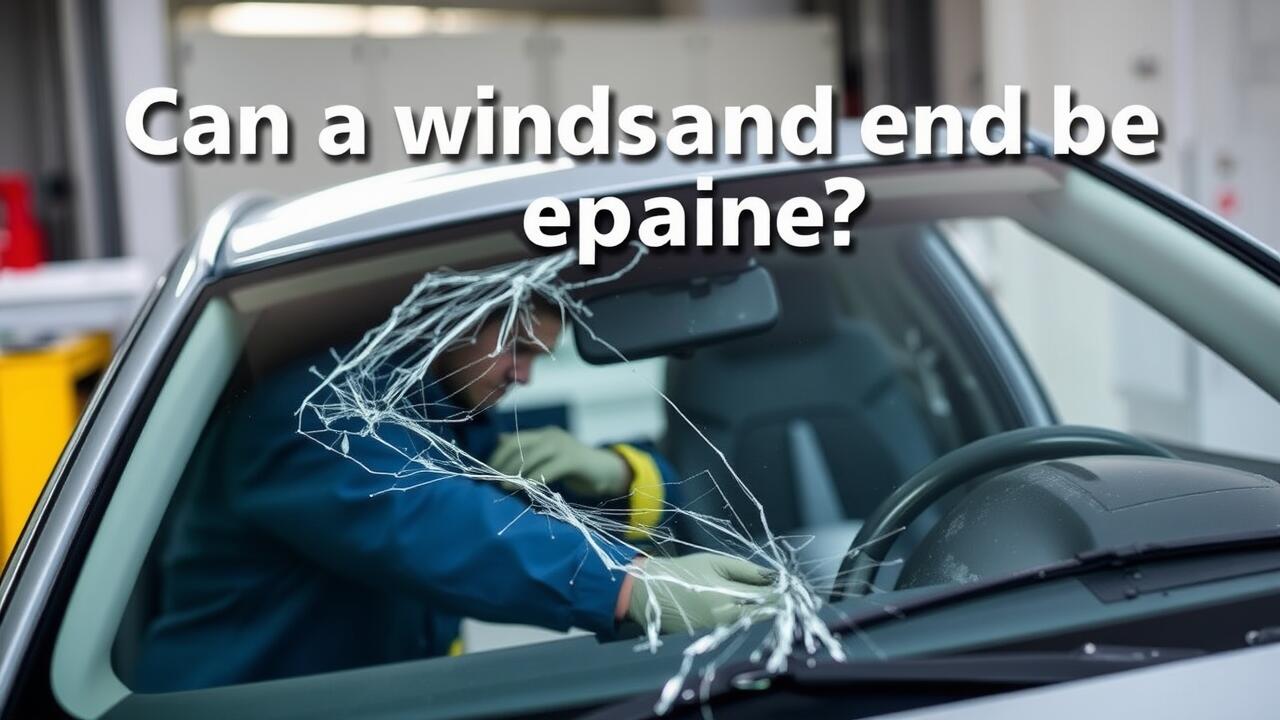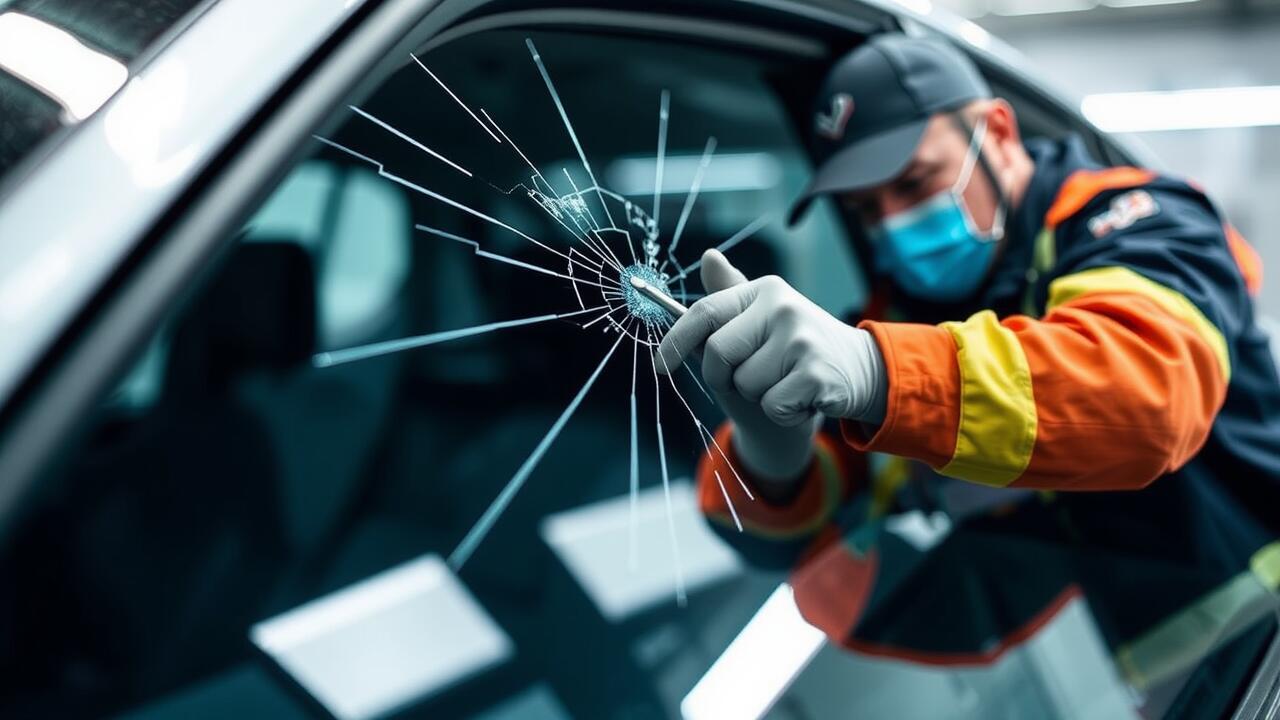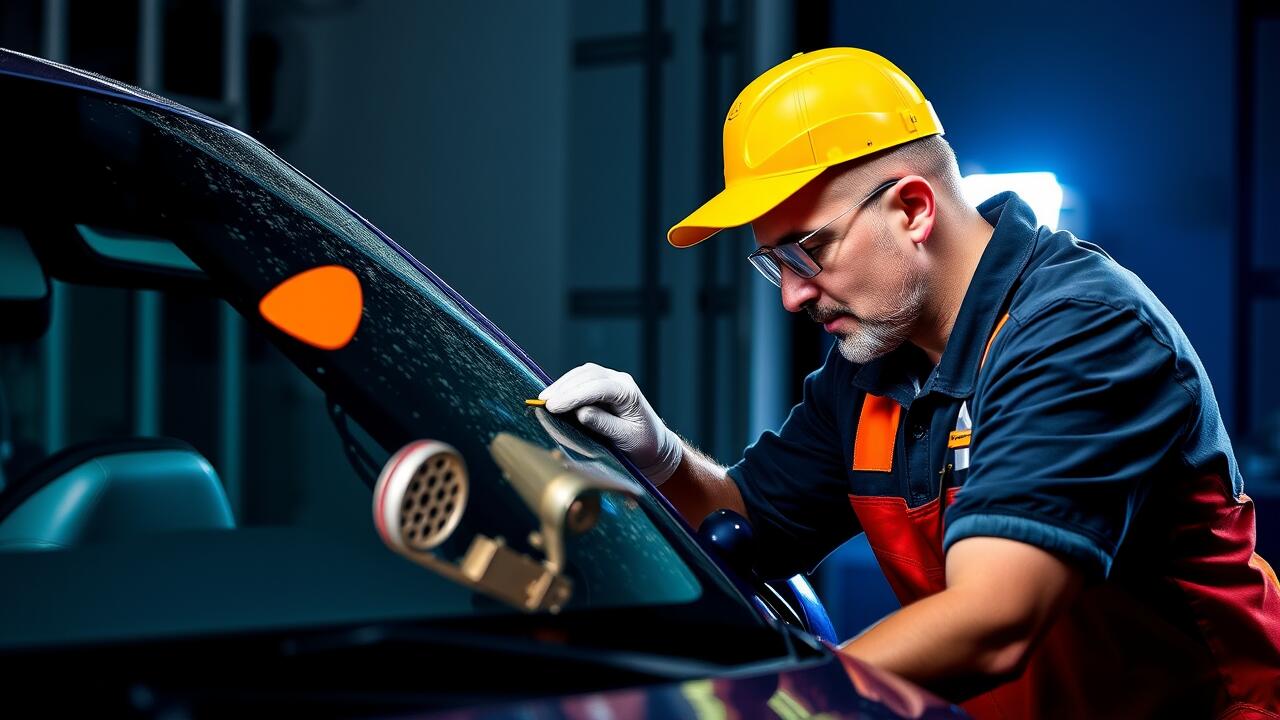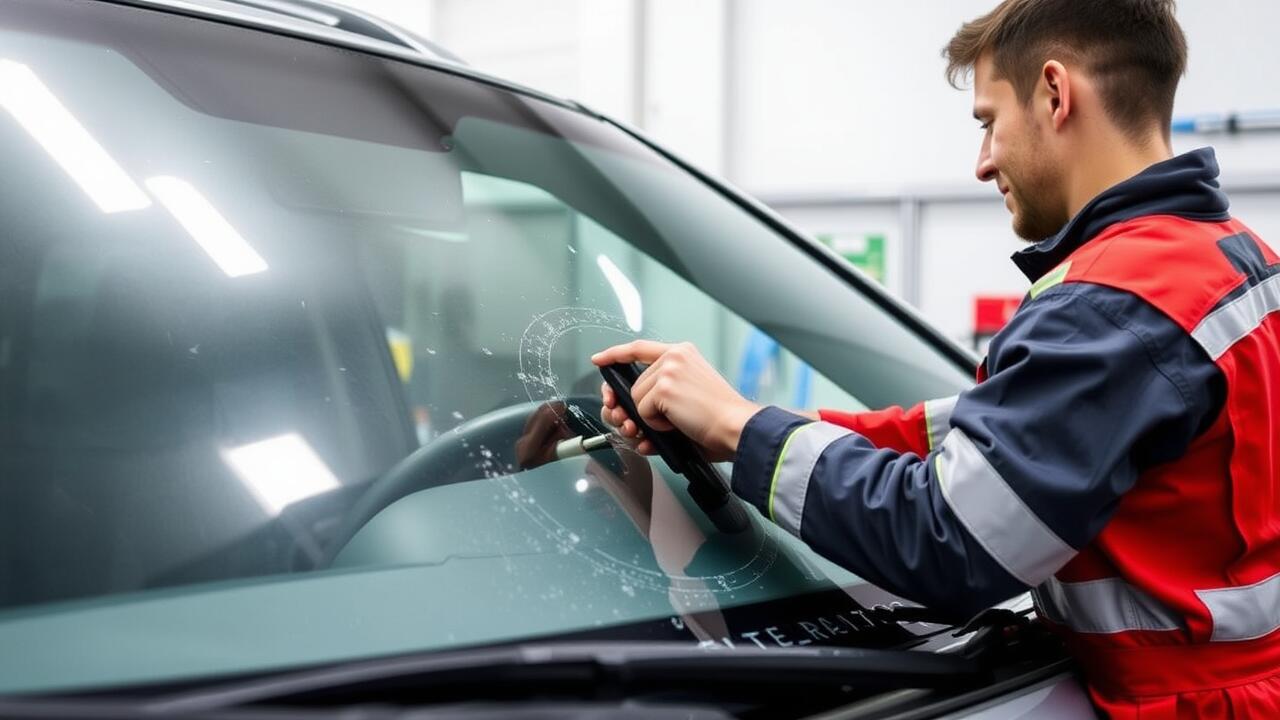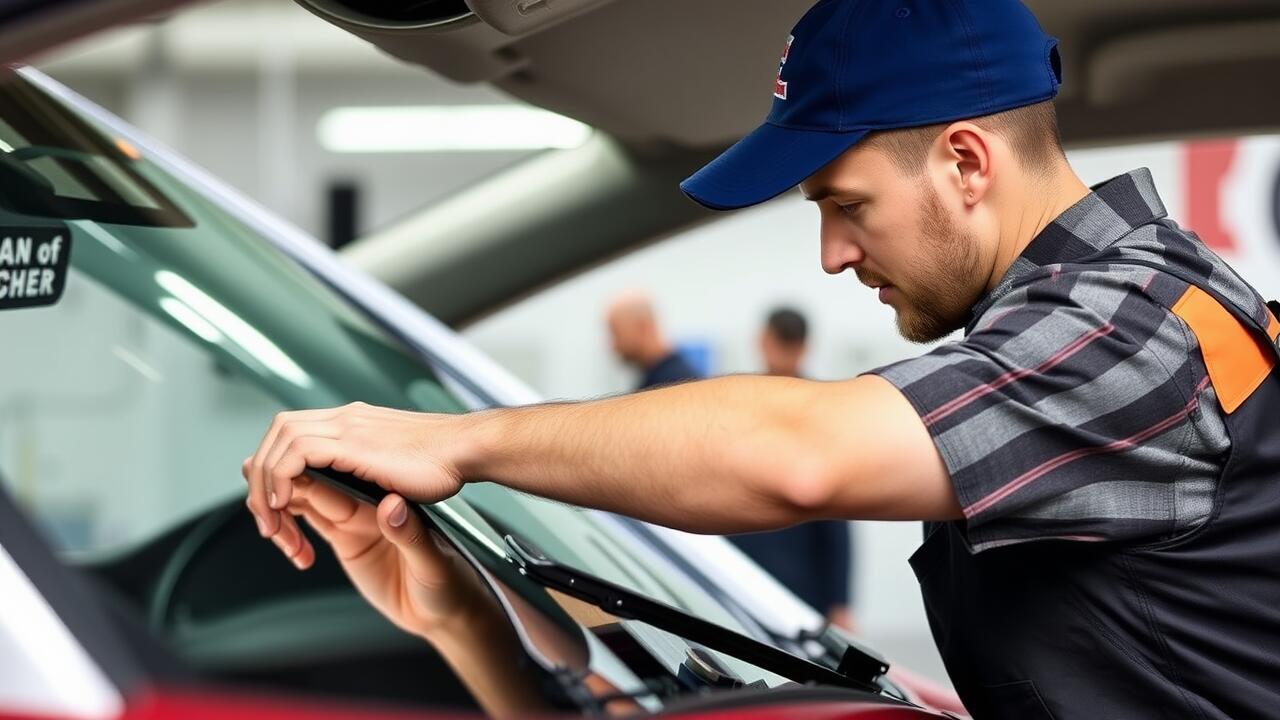
Table Of Contents
Benefits of Replacing a Windshield
Replacing a windshield often provides a fresh start for a vehicle, enhancing its overall functionality. A new windshield ensures structural integrity, which is crucial during collisions. This reinforcement helps maintain the rigidity of the vehicle's frame, contributing to the safety of all passengers. Additionally, a replacement can improve visibility by eliminating distortions that may occur over time. With a clear, unobstructed view, drivers can react more quickly to potential hazards on the road.
Windshield repair may not always achieve the same level of clarity as a full replacement. Chips and cracks can compromise not only visibility but also the effectiveness of airbag deployment. In the event of an accident, an intact windshield plays a significant role in preventing the roof from collapsing. Opting for replacement can ultimately lead to a safer driving experience, as well as peace of mind knowing that the vehicle is equipped with a durable, high-quality barrier against external elements.
Enhanced Safety and Visibility
A clear and unobstructed view is crucial for safe driving. A chip or crack in the windshield can significantly impair visibility, especially during bright sunlight, rain, or glare from headlights. Windshield repair can restore the glass to its original clarity, reducing the risk of accidents. By addressing small issues early, drivers maintain a safer environment for themselves and others on the road.
Furthermore, a compromised windshield can affect the structural integrity of the vehicle. In case of an accident, a damaged windshield may not withstand impacts effectively. Replacing or repairing a windshield ensures that it can provide the necessary support to the vehicle's frame. Windshield repair not only enhances visibility but also contributes to the overall safety of the car, making it a critical aspect for vehicle maintenance.
Signs It’s Time for a Replacement
Identifying damage that requires replacement involves examining the size and location of a chip or crack. If the chip is larger than a quarter or if the crack extends beyond three inches, these damages often cannot be effectively fixed through windshield repair. Additionally, chips located within the driver’s line of sight can impair visibility and pose a significant safety risk, making replacement a better option.
Another factor to consider is the age of the damage. If a crack has been present for an extended period, it may have worsened or spread, indicating that windshield repair is no longer viable. Moreover, multiple cracks or extensive damage can compromise the structural integrity of the windshield, emphasizing the need for a complete replacement rather than a temporary fix.
Identifying Damage Beyond Repair
When evaluating damage to a windshield, it is crucial to recognize certain signs that indicate whether the chip or crack is beyond repair. A general guideline is that cracks longer than three inches or those that extend into the driver's line of sight usually warrant replacement. Additionally, multiple fractures or a starburst pattern can compromise the structural integrity of the glass, making it unsafe to repair. Windshield Repair methods may not effectively restore visibility or durability in these cases.
Safety should always be a priority when assessing windshield damage. If the chip or crack is located near the edges, it can weaken the overall frame of the windshield, increasing the risk of additional damage or failure during impacts. A professional examination can help determine the extent of the damage, ensuring that drivers make informed decisions. Relying on Windshield Repair techniques in situations where replacement is necessary may lead to compromised safety.
Cost Comparisons between Repair and Replacement
When weighing the costs between windshield repair and replacement, it’s important to evaluate both options carefully. Windshield repair is typically more affordable, often costing a fraction of the price of a full replacement. Factors such as the size and location of the chip can impact repair costs. Insurance policies may also affect out-of-pocket expenses, with many companies covering repairs entirely while offering less support for replacements.
On the other hand, replacing a windshield usually involves higher expenses due to parts and labor. The variability in costs can stem from the type of vehicle, the quality of the glass, and regional labor rates. For individuals considering long-term vehicle integrity and resale value, the initial higher cost of replacement may be justified despite the lower immediate expense of windshield repair. Assessing one's priorities and budget is essential in making the right choice.
Evaluating Total Expenses
When evaluating total expenses for windshield repair versus replacement, it is crucial to consider both immediate costs and potential long-term savings. A typical windshield repair may cost significantly less than a full replacement. Many insurance policies also offer coverage for repairs, often waiving the deductible, which can further reduce the out-of-pocket expenses for the driver. This makes windshield repair a financially attractive option for minor chips and cracks.
On the other hand, replacement costs can escalate quickly, especially if the damage affects the structural integrity of the vehicle. New windshields are not only more expensive but also require skilled labor to ensure proper installation. Additionally, any advanced technology features in modern windshields, such as sensors or heads-up displays, may add to the replacement price. Evaluating all these factors can help car owners make an informed decision about whether to repair or replace their damaged windshield.
FAQS
What are the benefits of replacing a windshield instead of repairing it?
Replacing a windshield can enhance safety and visibility, ensuring that the structural integrity of the vehicle is maintained. A new windshield also eliminates any potential distortions or weaknesses that may have developed over time.
How can I tell if my windshield chip is beyond repair?
Signs that a windshield chip may be beyond repair include cracks longer than six inches, damage located in the driver's line of sight, or multiple chips in close proximity. If the chip has penetrated multiple layers of the glass, it may also require replacement.
What are the cost differences between repairing and replacing a windshield?
Repairing a windshield is generally less expensive than replacing it. Repair costs typically range from $50 to $150, while replacement can range from $200 to $1,000 or more, depending on the vehicle's make and model.
How do I evaluate the total expenses related to windshield damage?
When evaluating total expenses, consider not only the cost of repair or replacement but also potential safety risks, insurance deductibles, and the long-term impact on vehicle resale value. Additionally, factor in any lost time or inconvenience during the repair or replacement process.
Will my insurance cover the cost of a windshield repair or replacement?
Many insurance policies cover the cost of windshield repairs fully, and some may cover replacement costs as well, depending on your coverage. It's best to check with your insurance provider to understand your specific coverage details and any applicable deductibles.

